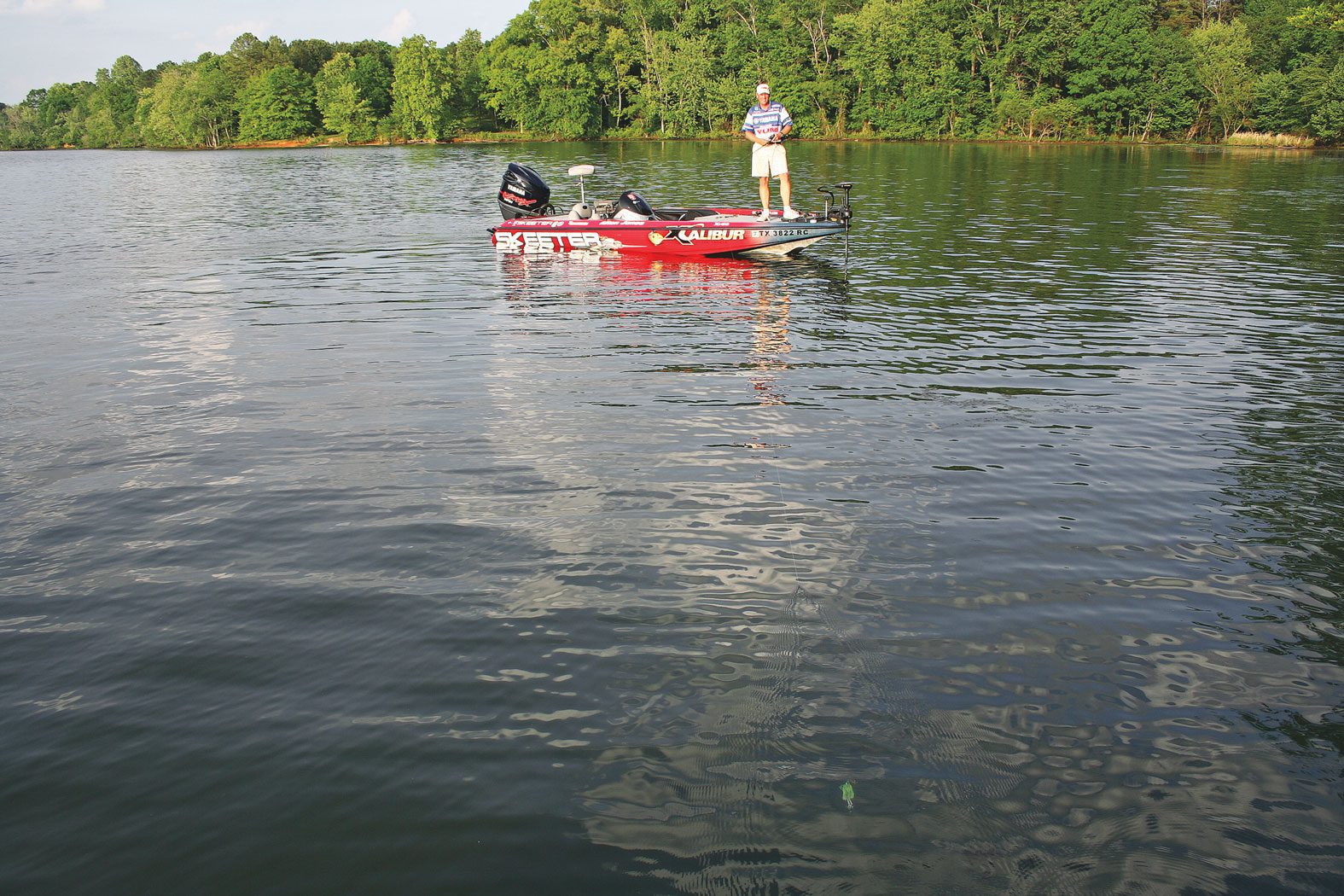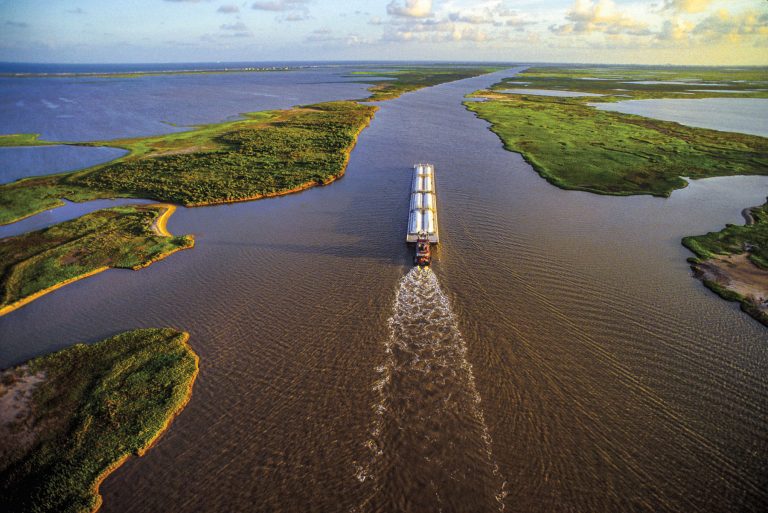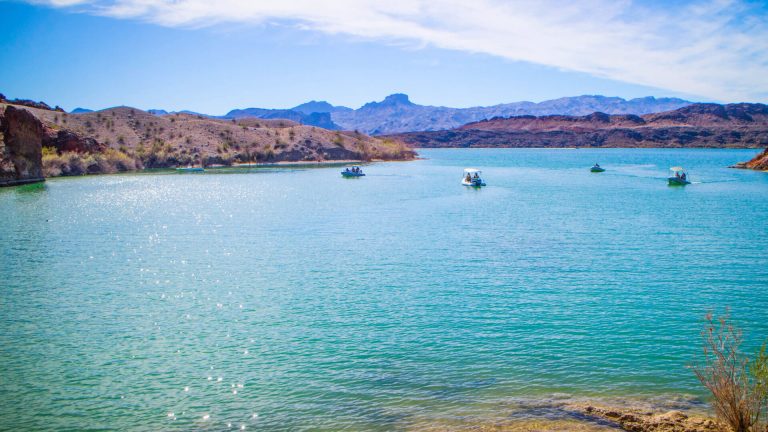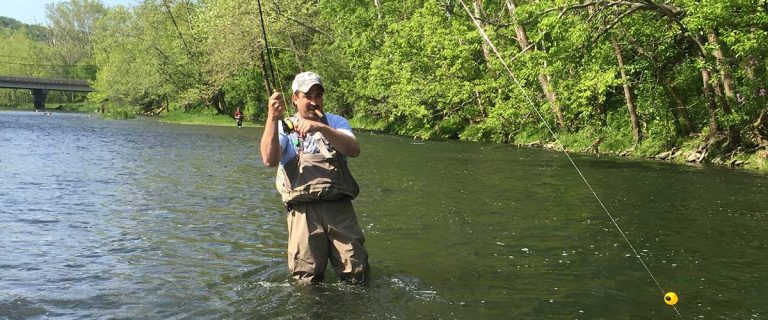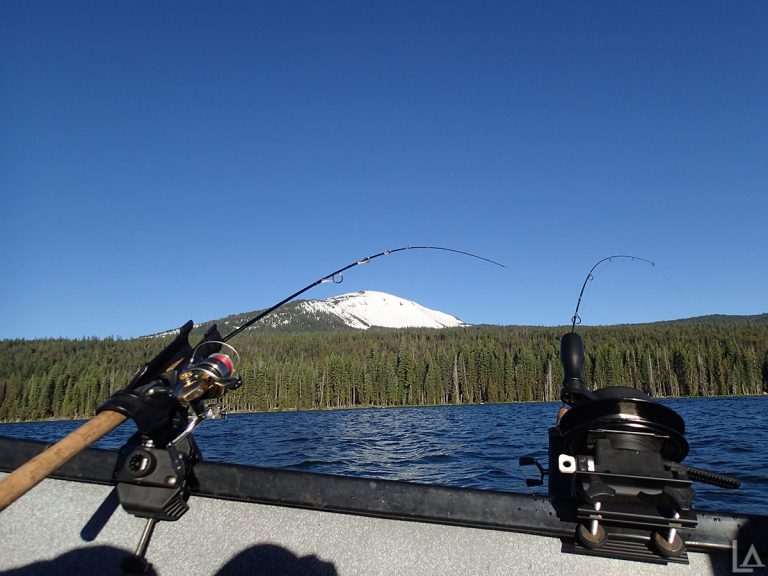As an avid angler, I’ve had the pleasure of casting my line in countless bodies of water across Virginia. From the rolling hills of the Shenandoah Valley to the sandy shores of the Eastern Shore, the Old Dominion offers a diverse array of fishing opportunities for anglers of all skill levels. In this comprehensive guide, I’ll share my top picks for Virginia’s best fishing spots in 2025, along with insider tips and tricks to help you reel in the catch of a lifetime.
Chesapeake Bay: A Saltwater Angler’s Paradise
Spanning over 200 miles from the Susquehanna River to the Atlantic Ocean, the Chesapeake Bay is a true gem for saltwater fishing enthusiasts. This vast estuary is home to an incredible variety of species, including striped bass, red drum, speckled trout, and flounder.

One of my favorite spots on the Bay is the Chesapeake Bay Bridge-Tunnel. This 17-mile engineering marvel offers exceptional fishing opportunities from its four man-made islands and numerous pilings. Striped bass, also known as rockfish, are the star attraction here, with trophy-sized fish often exceeding 40 pounds.
If you’re looking for a more laid-back experience, head to the Eastern Shore. This picturesque region is dotted with quaint fishing villages, pristine beaches, and serene marshlands. Wachapreague, a small town in Accomack County, is a hidden gem for inshore fishing. The extensive network of creeks and channels here are teeming with speckled trout, red drum, and flounder.
Smith Mountain Lake: A Freshwater Fishing Haven
Nestled in the heart of Virginia’s Blue Ridge Mountains, Smith Mountain Lake is a freshwater angler’s dream come true. Spanning over 20,000 acres, this scenic reservoir boasts an abundance of largemouth and smallmouth bass, as well as striped bass, crappie, and catfish.

One of the best spots on the lake for bass fishing is the area around the Smith Mountain Dam. The deep, cool waters near the dam attract large schools of baitfish, which in turn draw in hungry bass. Casting crankbaits or jigging spoons along the rocky ledges can yield impressive results.
For those seeking a more secluded experience, the upper reaches of the Roanoke and Blackwater Rivers offer excellent fishing opportunities. These winding waterways are lined with fallen trees and submerged stumps, creating the perfect habitat for largemouth bass and crappie.
Lake Anna: A Year-Round Fishing Destination
Located just 72 miles from Washington D.C., Lake Anna is a popular destination for anglers and outdoor enthusiasts alike. This 13,000-acre reservoir is known for its excellent largemouth bass fishing, with fish often exceeding 5 pounds.

One unique feature of Lake Anna is its “hot side,” which receives warm water discharge from the nearby North Anna Nuclear Generating Station. This area remains several degrees warmer than the rest of the lake, making it a prime spot for winter fishing. Largemouth bass, crappie, and catfish can be caught here year-round.
The lake’s numerous coves and inlets also provide ample opportunities for shore fishing. The Dike 3 area, located on the lake’s eastern shore, features a large fishing pier and a network of hiking trails, making it a great spot for a family outing.
James River: A Historic Waterway with Diverse Fishing Options
Flowing from the Appalachian Mountains to the Chesapeake Bay, the James River is steeped in history and natural beauty. This iconic waterway offers a wide range of fishing opportunities, from smallmouth bass in the upper reaches to striped bass and catfish in the tidal waters near Richmond.

One of my favorite spots on the James is the fall line near downtown Richmond. This area, where the river transitions from freshwater to tidal, is a hotspot for trophy-sized blue catfish. These behemoths can exceed 100 pounds, providing an unforgettable battle on heavy tackle.
For those seeking a more scenic experience, the upper James near Buchanan offers excellent smallmouth bass fishing amidst stunning mountain vistas. Wading the river’s rocky shoals and casting spinners or soft plastics can yield dozens of feisty bronzebacks in a single outing.
Shenandoah National Park: A Trout Angler’s Utopia
Nestled in the heart of Virginia’s Blue Ridge Mountains, Shenandoah National Park is a must-visit destination for trout enthusiasts. The park’s numerous streams and rivers are home to native brook trout, as well as stocked rainbow and brown trout.
One of the park’s most iconic fishing spots is the Rose River. This pristine mountain stream tumbles through a series of waterfalls and plunge pools, creating the perfect habitat for wild brook trout. The hike to the Rose River can be challenging, but the reward of catching colorful native trout in a stunning natural setting is well worth the effort.
For those seeking a more accessible experience, the park’s Rapidan River offers excellent fishing opportunities for stocked trout. The river’s gentle gradient and easy access make it a great spot for families and beginners.
Eastern Shore: A Saltwater Angler’s Hidden Gem
Virginia’s Eastern Shore is a narrow peninsula that separates the Chesapeake Bay from the Atlantic Ocean. This unique geography creates a diverse range of fishing opportunities, from the shallow flats of the bay to the open waters of the ocean.
One of the best spots on the Eastern Shore for inshore fishing is the seaside town of Chincoteague. This charming island community is surrounded by expansive salt marshes and shallow bays, providing the perfect habitat for speckled trout, red drum, and flounder. Casting topwater plugs or live bait along the marsh edges can yield explosive strikes from these hard-fighting species.
For those seeking a more adventurous experience, the Eastern Shore’s barrier islands offer world-class surf fishing opportunities. These remote, undeveloped islands are accessible only by boat, but the chance to catch red drum, black drum, and striped bass in the pounding surf is well worth the effort.
New River: A Scenic Float Trip with Incredible Smallmouth Bass Fishing
Flowing northward from North Carolina through Virginia and into West Virginia, the New River is a scenic waterway that offers incredible smallmouth bass fishing. This ancient river is characterized by its rugged gorges, forested hillsides, and crystal-clear water.
One of the best ways to experience the New River is by taking a float trip. Drifting downstream in a canoe or kayak allows you to access remote stretches of the river that are inaccessible by foot. Casting spinners, crankbaits, or soft plastics along the rocky ledges and submerged boulders can yield dozens of hard-fighting smallmouth bass in a single day.
For those seeking a more stationary experience, the New River also offers excellent bank fishing opportunities. The Eggleston to Pembroke stretch of the river features numerous pull-offs and access points, making it easy to find a quiet spot to cast a line.
Buggs Island Lake: A Crappie Angler’s Paradise
Also known as Kerr Reservoir, Buggs Island Lake is a 50,000-acre impoundment that straddles the Virginia-North Carolina border. This massive lake is renowned for its exceptional crappie fishing, with fish often exceeding 2 pounds.
One of the best times to fish for crappie on Buggs Island is during the spring spawn. In late March and early April, crappie move into shallow coves and backwaters to lay their eggs. Casting small jigs or minnows around submerged brush piles and fallen trees can yield incredible results during this time.
The lake’s numerous bridge pilings and rock piles also provide excellent habitat for crappie throughout the year. Vertical jigging with live minnows or small soft plastics can be incredibly effective when targeting these structure-oriented fish.
South Holston Lake: A Fly Fishing Mecca
Nestled in the mountains of southwest Virginia, South Holston Lake is a 7,580-acre impoundment that offers world-class fly fishing opportunities for trout and smallmouth bass. The lake’s cold, clear waters provide the perfect habitat for brown and rainbow trout, with fish often exceeding 10 pounds.
One of the most popular ways to fish South Holston is by drifting the lake’s numerous coves and inlets in a boat. Casting streamers or nymphs along the rocky shorelines can yield impressive results, particularly in the early morning or late evening hours.
For those seeking a more technical challenge, the lake’s tailwaters below the dam offer exceptional dry fly fishing opportunities. The consistent flow and cold water temperatures create the perfect conditions for prolific insect hatches, drawing large trout to the surface to feed.
Conclusion
Virginia’s diverse geography and abundant waterways offer endless opportunities for anglers of all skill levels. Whether you’re seeking trophy-sized striped bass in the Chesapeake Bay, native brook trout in the mountains of Shenandoah, or hard-fighting smallmouth bass in the New River, the Old Dominion has something to offer every angler.
As you plan your fishing adventures for 2025, be sure to check local regulations and obtain the necessary licenses and permits. Many of Virginia’s best fishing spots are located on public lands, such as state parks and national forests, which may have additional rules and restrictions.
Finally, remember to practice catch-and-release whenever possible, particularly when fishing for native species like brook trout. By being responsible stewards of our natural resources, we can ensure that Virginia’s incredible fishing opportunities will be available for generations to come.
So grab your rod and reel, pack your tackle box, and hit the water – the fish are waiting!



